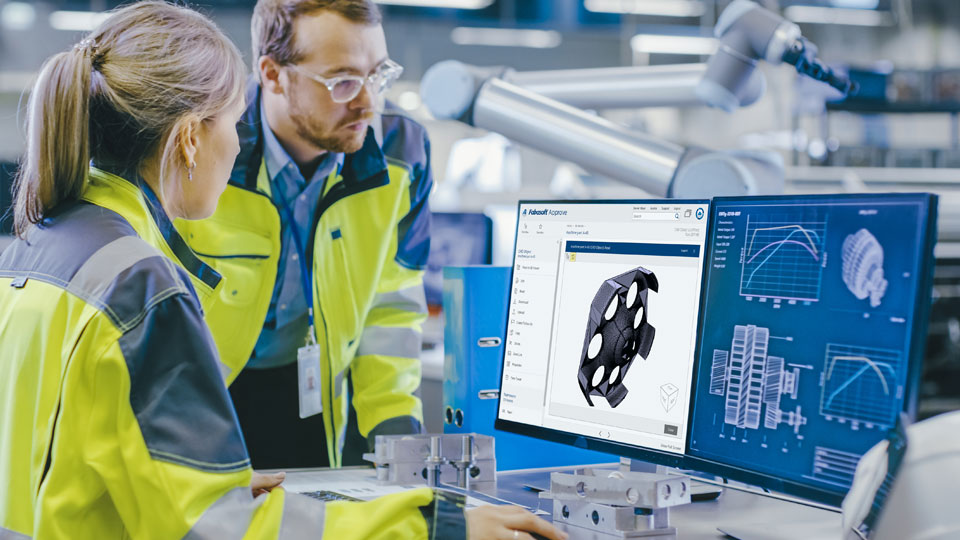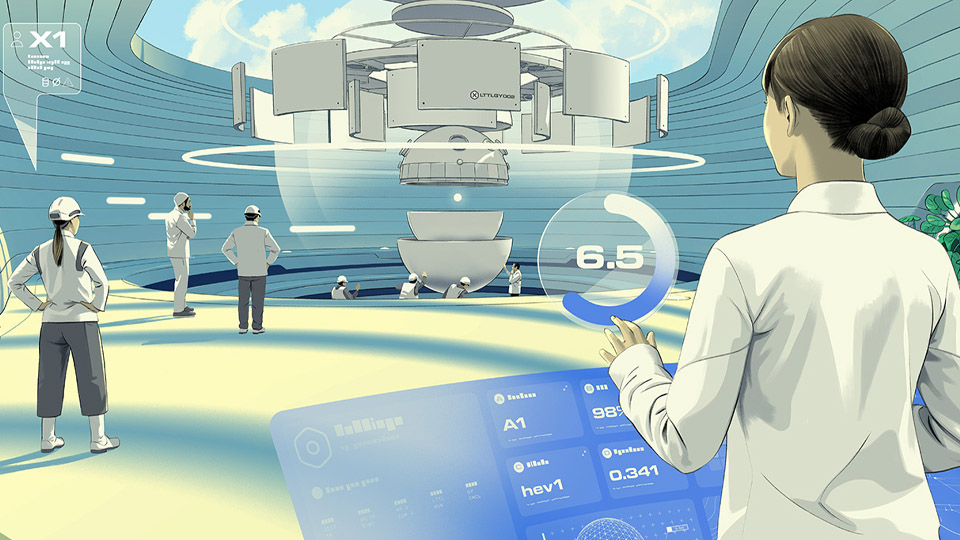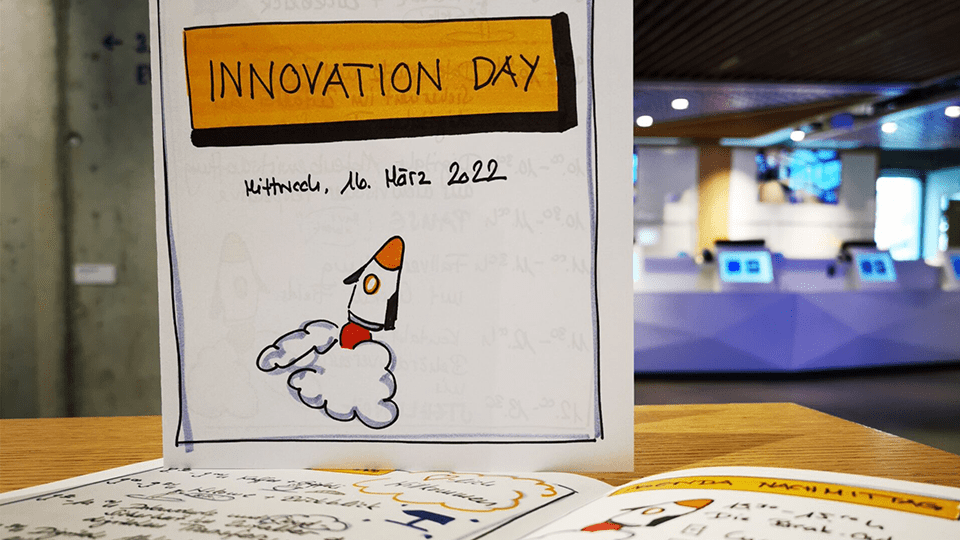Quality management software (QM software) needs to satisfy a host of requirements, which include digitalizing key business processes as well as providing seamless, transparent documentation. Alongside optimizing internal company processes, collaborating with external business partners is assuming ever-increasing importance. Cross-company collaboration on quality-related processes along the entire supply chain is what ultimately sets the stage for delivering best-in-class quality.
The need for smart QM software
Ideally, modern quality management should encompass every process involved along the entire supply chain. To meet this demand, companies need software that incorporates the most relevant QM methods to support the continuous improvement process as defined in the Plan-Do-Check-Act (PDCA) cycle.
Beyond that, the software’s other major tasks include ensuring compliance with important standards such as ISO 9001:2015, as well as providing complete and transparent documentation for all quality processes. Computer-aided quality assurance (CAQ) also makes it easy for companies to digitalize the relevant workflows along the entire value chain.
The most essential methods – united in a single software
A smart quality management program supports companies as they implement the various requirements and standards that apply to their work processes. In so doing, it drives the continuous improvement process by ensuring that the people involved are working with the most up-to-date data across all modules.
Modern QM software encompasses the following methods:
Cross-company document and process management
One of the most critical features is digital document and process management. Document control ensures compliance with the requirements of ISO 9001:2015 for quality management system documentation. Among other things, that includes ensuring that quality-related documents are clearly stored and protected from inadvertent changes.
Since the defined processes frequently involve external parties, we recommend using a cloud-based version. A cloud stores and manages all of the data and documents in a single location that is accessible without requiring users to navigate between systems, eliminating the hassle of back-and-forth e-mail exchanges. In addition, the cloud offers users access to all documents from any location at any time – provided they have the necessary authorization.
This allows companies to integrate their external business partners, such as customers and suppliers, into key quality processes. A professional cloud also offers the highest level of data protection and security and ensures that everyone involved is always working with the latest version – in other words, a single source of truth.
Failure Mode and Effect Analysis (FMEA)
FMEA is a method of detecting sources of error before errors occur, identifying their triggers and consequences, and analyzing them. The resulting data can in turn be used to determine the appropriate preventative actions to be taken.
The 8D method and the 8D report
The 8D problem-solving method is a team-based approach to resolving complaints that arise either within the company or externally between suppliers and customers. The resulting 8D report incorporates eight disciplines or process steps that are essential for processing the complaint in a way that ensures that defects can be traced back to their root cause and prevented permanently going forward.
Advanced Product Quality Planning (APQP)
APQP is a process in advance quality planning that ensures that a product meets the customer’s requirements. A structured process involving standardized methods (such as FMEA) makes sure that companies prevent errors and identify necessary changes even before a product goes into actual series production.
Corrective and Preventive Action (CAPA)
CAPA is a process for systematic failure analysis. The objective is to respond to deviations or defects by taking corrective action. In addition, subsequent preventive action ensures that these kinds of errors do not recur.
Integrating existing systems
Ideally, quality management software features interfaces to other systems (ERP, MES, PLM, and so on) to eliminate data silos and maximize efficiency. Specifically, the following integrations are particularly important:
ERP integration
Seamless integration with existing ERP systems such as SAP facilitates frictionless data exchange among disparate sources. This includes automated synchronization of inspection orders and inspection lots for incoming goods.
CAD integration
Drawings generated in the CAD program can be imported directly into the CAQ system by means of interfaces so that they are accessible to other modules whenever they are needed. During the actual inspection, the assigned supervisor obtains the exact default values straight from the drawing, which allows for generic inspection planning.
Choosing the right quality management software
Smart quality management software manages all quality-related data and documents from the individual modules on a single platform and documents them in a transparent way. In turn, this facilitates a rapid and smooth exchange among the individual modules, such as the 8D method, FMEA, and complaints and gauge management. The conclusions derived from this information help to optimize processes and achieve substantial improvements with regard to production sequences.
Nowadays, however, simply expediting internal workflows doesn’t go far enough. Instead, the future lies in collaborating with external business partners on processes that transcend company boundaries. A cloud-based system is what makes this kind of networking possible throughout the entire supply chain. As a result, companies can work on the same processes together with their customers and with their suppliers to ensure that they are always up to date. In so doing, QM software provides for continuous optimization of quality-related processes.




